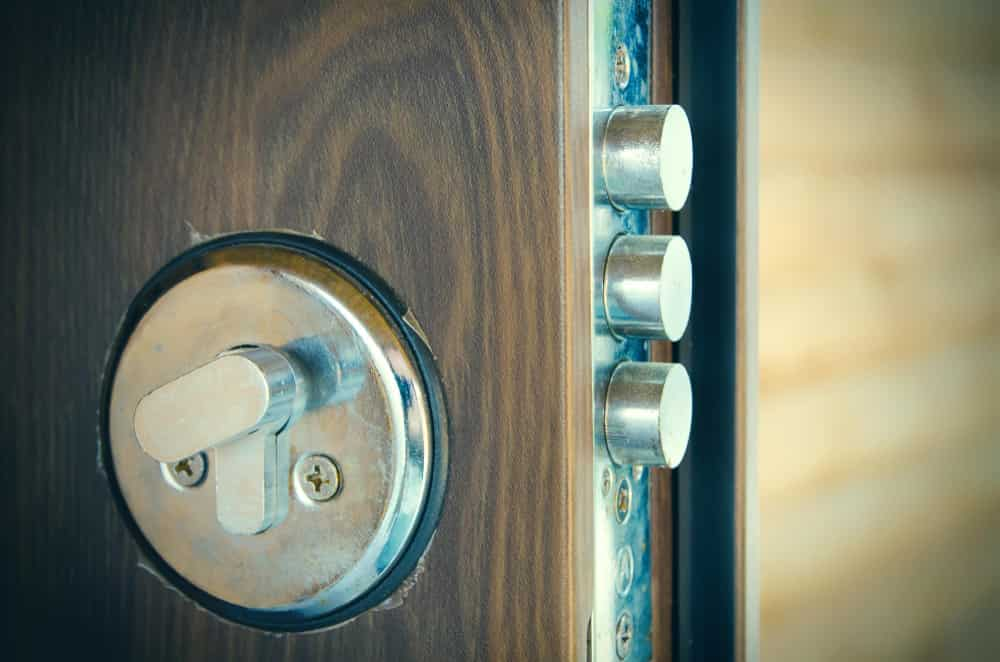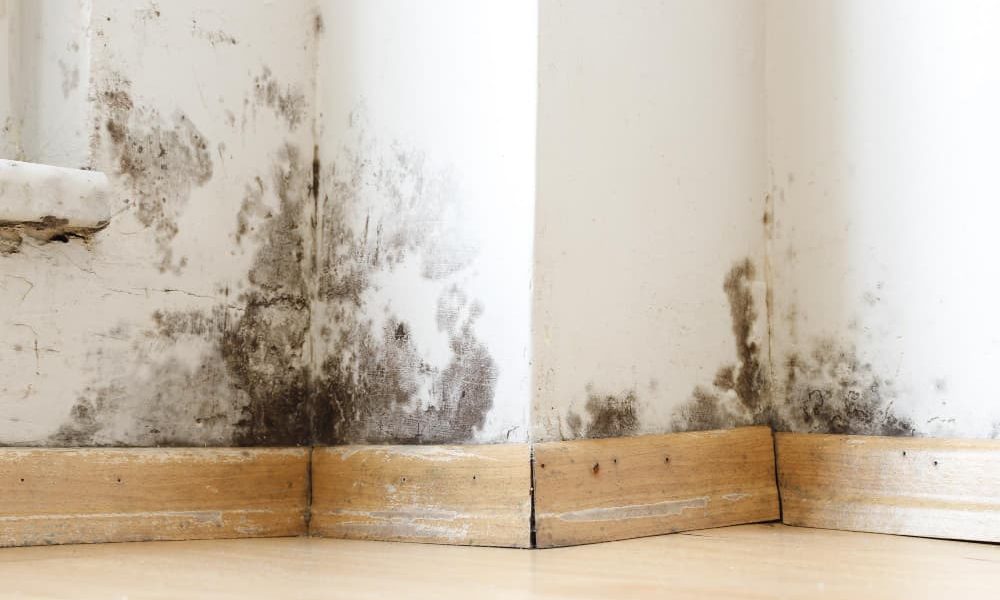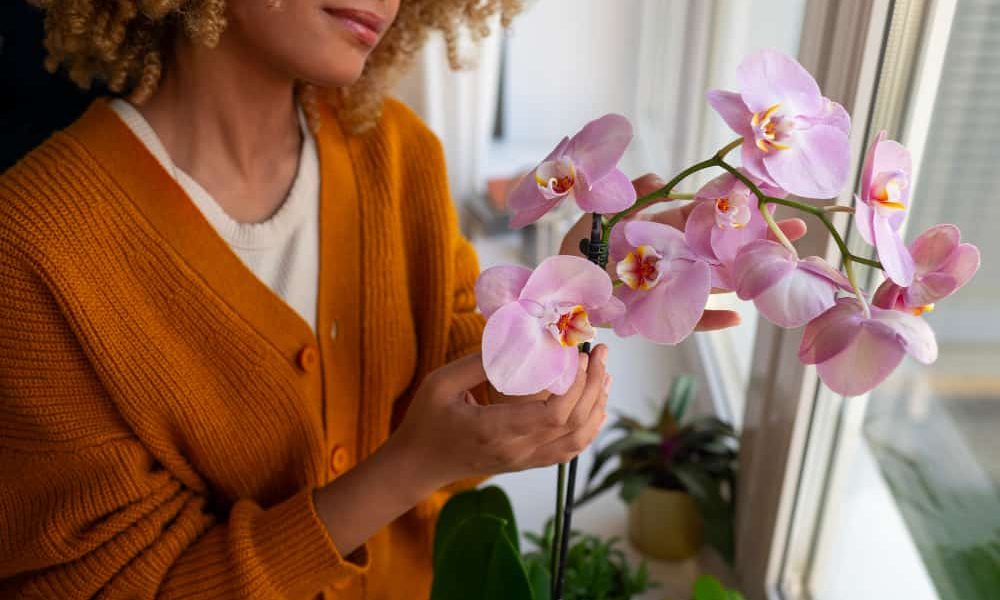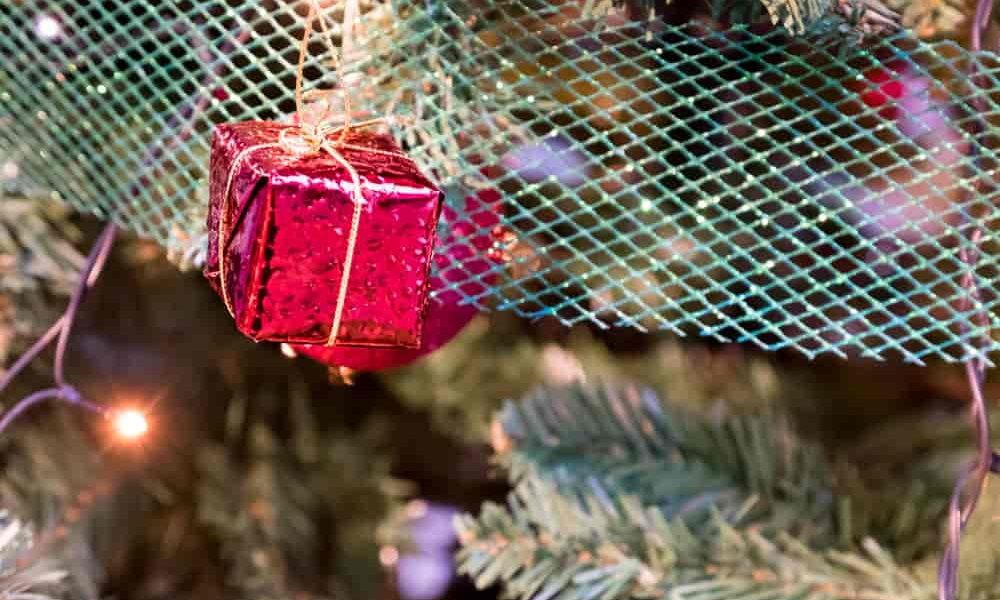
The security of our home or business depends largely on one small but crucial object: the lock. Many times we do not appreciate how essential it can be, until we are faced with an unwanted situation.
Therefore, in this article We will delve into the parts of a lock their functions, the materials and technologies that make them up, and how to maintain them to guarantee their durability and effectiveness.
Breaking down the parts of a lock
Knowing the parts that make up a lock helps us better understand how it works, to detect possible failures and carry out proper maintenance.
Additionally, understanding how a lock works can help us make informed decisions when purchasing a new one or improving existing security.
Brief Explanation of How a Lock Works
The operation of a lock is a complex process that depends on each of its components. When we insert the key into the cylinder or cylinder, This interacts with various latches and counterlatches to release or lock the opening mechanism. Turning the key aligns the latches correctly, allowing the lock to open.
The 4 Essential Components of a Lock
Cylinder or Cylinder
The cylinder, also known as the cylinder, is a fundamental part of a lock where the key is inserted. Each cylinder is designed with a unique pin pattern that must be aligned correctly by the key to release the opening mechanism.
This component is essential for the proper operation of the lock, as it allows the key to be turned and triggers the locking or unlocking action of the door.
Latch
The latch is a metal part that plays a crucial role in the locking mechanism of a lock. Slides in and out of the lock case to lock or unlock the door.
When the key is inserted into the cylinder and turned, the latch retracts, allowing the door to open. It is a key component in the security of a lock, as it secures the door in place when closed and prevents it from opening without corresponding action.
Counterlatch
The counterlatch is an extra piece added to some locks to provide an extra layer of security. Its main function is to hold the main latch in place, adding extra protection against attempts at tampering or picking the lock..
This component works in a complementary way to the main latch, preventing it from retracting without the correct key. In this way, the counterlatch strengthens the locking mechanism of the lock and makes it difficult to open improperly.
Protective Shield
The protective shield is an additional feature that is added to many locks to increase their level of security. This is an additional layer of metal that surrounds and protects the lock cylinder.
This shield provides an additional barrier against attempts to pick or drill the lock, making physical attacks that could compromise its integrity difficult. By adding this component, the lock’s resistance to unauthorized tampering techniques is strengthened, offering extra protection against unwanted intruders.
Additional Parts of a Lock
Pins or Bolts
Pins, also known as bolts, are additional elements that play a fundamental role in the security of a lock. These components consist of small rods or pins that sit inside the cylinder and align precisely when the key is inserted and turned.
Turning the key snaps the pins into their correct position, allowing the latch to retract and the door to unlock. The number and arrangement of the pins may vary depending on the type of lock and level of security desired.
Key
The key is the essential tool we use to interact with the lock. Each key is designed with a unique pattern of notches and ridges that correspond to the cylinder pins.
When you insert the key into the cylinder and turn it, the notches on the key push the pins into the correct position, aligning them in the proper pattern. If the key does not match the pattern of the pins, proper alignment will not be achieved and the latch will not retract, keeping the door locked.
Lock Box
The lock case is the component that houses all the parts mentioned above. It is usually located on the edge of the door and acts as the main body of the lock.
Inside this box are the cylinder, the latch, the pins and other key elements that make up the security mechanism. The lock case provides secure housing for internal components and serves as an anchor point for the lock plate.
Lock Plate
The lock plate is a metal piece used to attach the lock to the door. This plate is usually placed on the edge of the door, aligned with the lock case. The lock plate has pre-drilled holes for screws that secure the lock to the door firmly.
Besides, Features a slot that the latch fits into when the door is closed, keeping it safe. The lock plate provides structural stability to the lock and contributes to its proper functioning.
Materials and Technologies Used in the Parts of a Lock
Common Materials in Lock Manufacturing
Locks, those fundamental devices to ensure the security of our properties, They are manufactured using a variety of materials, with the aim of offering durability and resistance over time. Among the most common materials used in its manufacture are brass, steel and iron.
brass It is one of the preferred materials in the manufacture of locks due to its corrosion resistance and aesthetic appearance. It is a copper and zinc alloy that combines the hardness of zinc with the malleability of copper, resulting in a strong and durable lock.
The steel, on the other hand, is another popular material used in lock manufacturing. Known for its high resistance, Steel offers excellent protection against tampering and grappling. Additionally, it is able to withstand harsh environmental conditions, making it an ideal choice for exterior locks.
Iron, although less common compared to brass and steel, is still used in certain lock applications. Cast iron, in particular, is prized for its robustness and resistance to deformation.. However, due to their weight and susceptibility to rust, the use of iron locks has become less common in modern manufacturing.
Advanced Technologies in Modern Locks
With technological advances, modern locks have evolved significantly and are now can incorporate a wide range of technologies to improve safety and comfort. These innovations go beyond traditional key and lock mechanisms, offering more sophisticated solutions adapted to today’s needs.
One of the most prominent technologies in modern locks is electronic access control. This system allows access through the use of numerical codes, electronic cards or even mobile applications. Electronic access control offers greater flexibility and security, as codes or cards can be easily reprogrammed or deactivated if lost or stolen.
Biometric locks have also gained popularity in recent years. These locks use unique physical features, such as fingerprints, facial recognition, or iris scanning, to allow access. By using biometrics, a high level of security is guaranteed, as physical characteristics are difficult to replicate or falsify.
Other technology used in modern locks are smart card locks. These locks work by using proximity cards or smart cards that contain encoded information.
By bringing the card closer to the reader, the information is verified and access is allowed. This system is widely used in office buildings, hotels and other places where efficient and secure access control is required.
Maintenance and Care of the Parts of a Lock
Tips to Keep Lock Parts in Good Condition
Regular maintenance and proper use of locks can extend their life. Avoid using damaged or incorrect keys, As well as picking the lock, it is crucial. Here are some tips to keep the lock parts in good condition.
Proper Lubrication and Cleaning of the Lock
Regular lubrication and proper cleaning are essential for the proper functioning of a lock. Dust, dirt, and other debris can build up inside the lock over time, which can make it difficult to function properly. Therefore, it is important to perform regular cleaning to remove any obstructions or dirt.
To clean the lock, It is recommended to use specific products designed for this purpose. These products usually come in spray or liquid form and contain special ingredients that help loosen dirt and debris. Before applying the product, be sure to read the manufacturer’s instructions and follow the recommendations for use.
Once you have applied the cleaner, use a soft brush or clean cloth to gently scrub the lock and remove any dirt or residue that may be present. Be sure to pay attention to the slots and moving parts of the lock.
After cleaning the lock, it is important to dry it properly to prevent moisture buildup. Use a dry cloth to remove any cleaner residue or remaining moisture.
In addition to cleaning, regular lubrication is essential to maintain smooth operation of the lock. Lubrication helps reduce friction between the moving parts of the lock and prevents premature wear. It is recommended to use a specific lubricant for locks, as these products are designed to be compatible with the materials used in locks and provide long-lasting lubrication.
Apply a small amount of lubricant to the pivot points and moving parts of the lock. Make sure not to overdo the amount of lubricant, as too much could attract dust and dirt. Once the lubricant is applied, move the key inside the lock several times to distribute it evenly.
Discover the anatomy of a lock
In short, a lock consists of several parts, each with a specific function to guarantee its correct operation. The cylinder, latch, counterlatch, shield, pins, key, lock case and lock plate are all vital components in this security mechanism.
Know these parts, the materials and technologies used in their manufacture and how to maintain them correctly is vital to keeping our locks working properly and keeping our properties safe. Let us always remember the importance of choosing quality locks and maintaining them correctly to ensure their long-term effectiveness.







